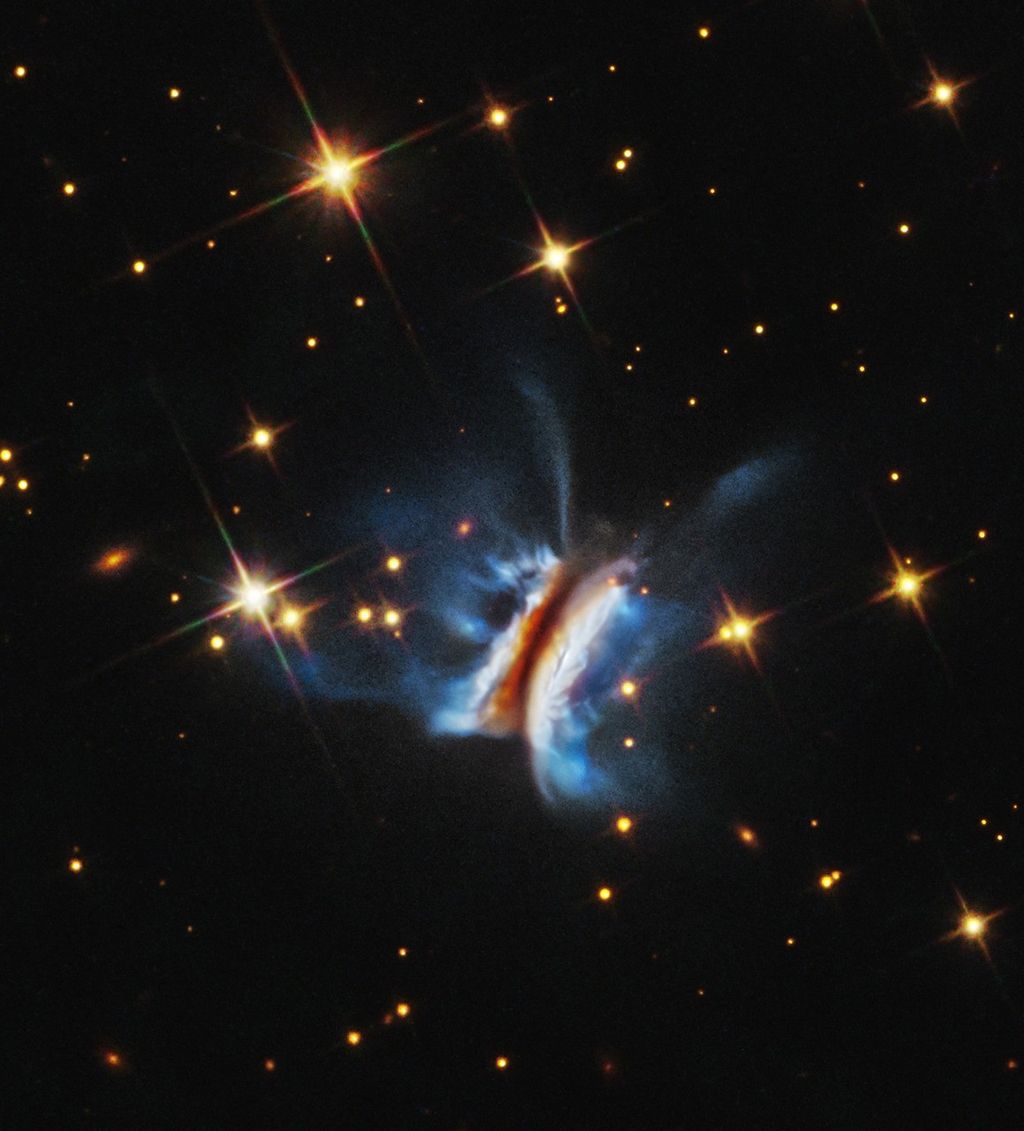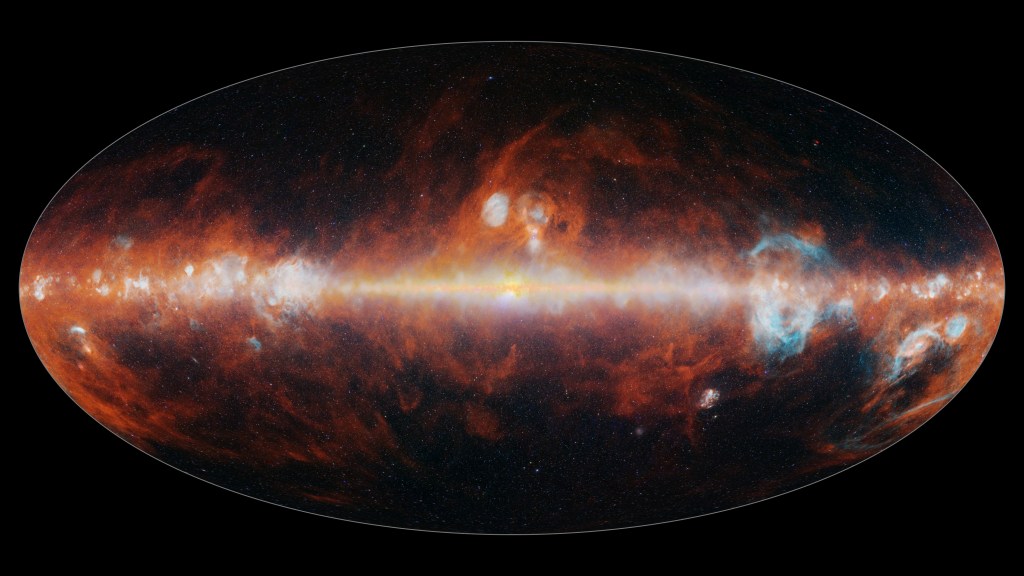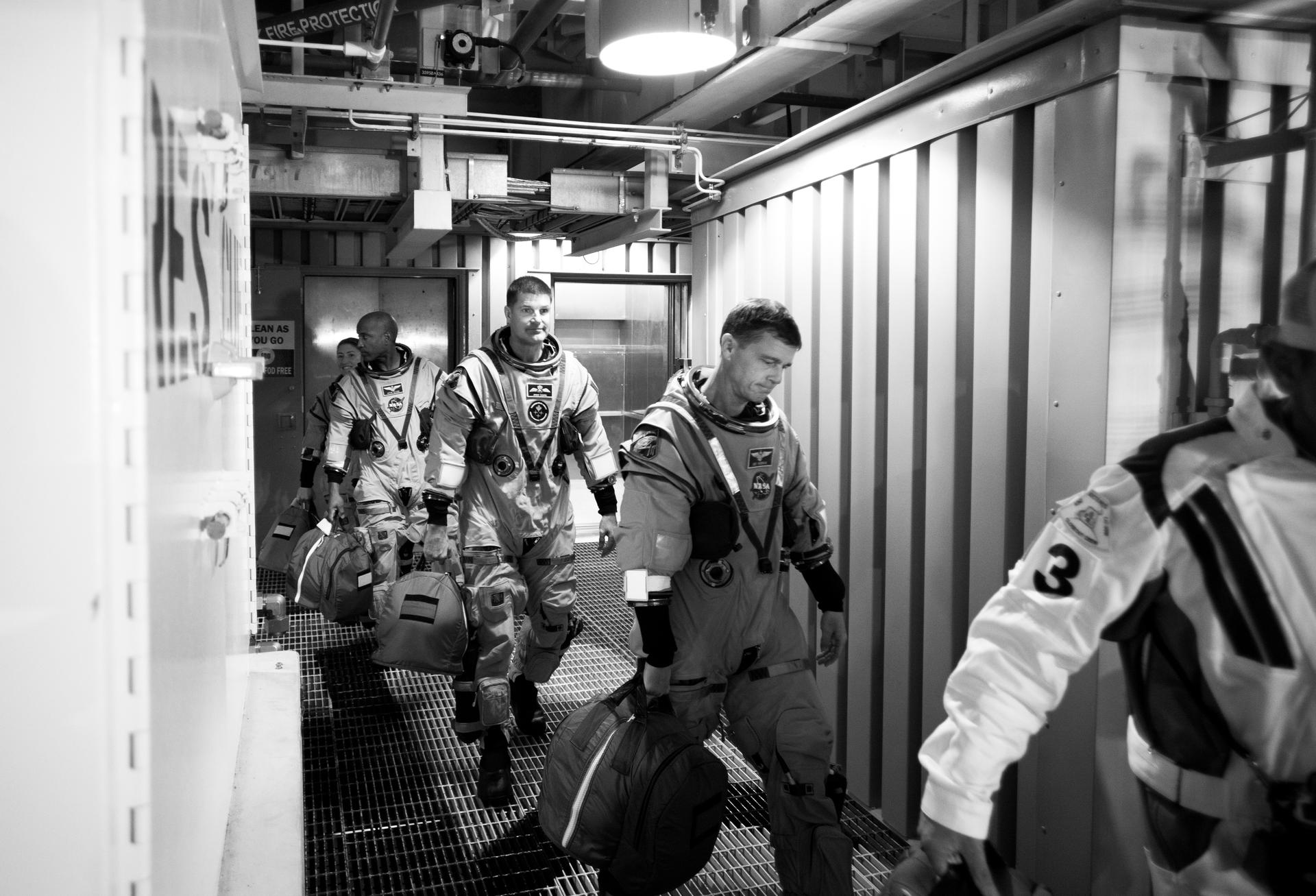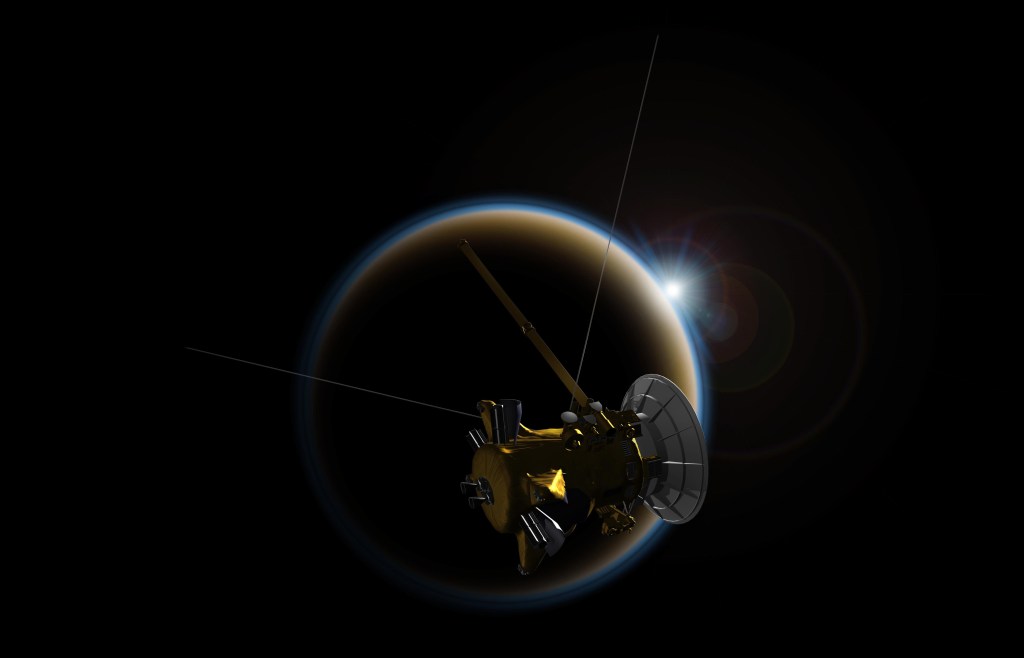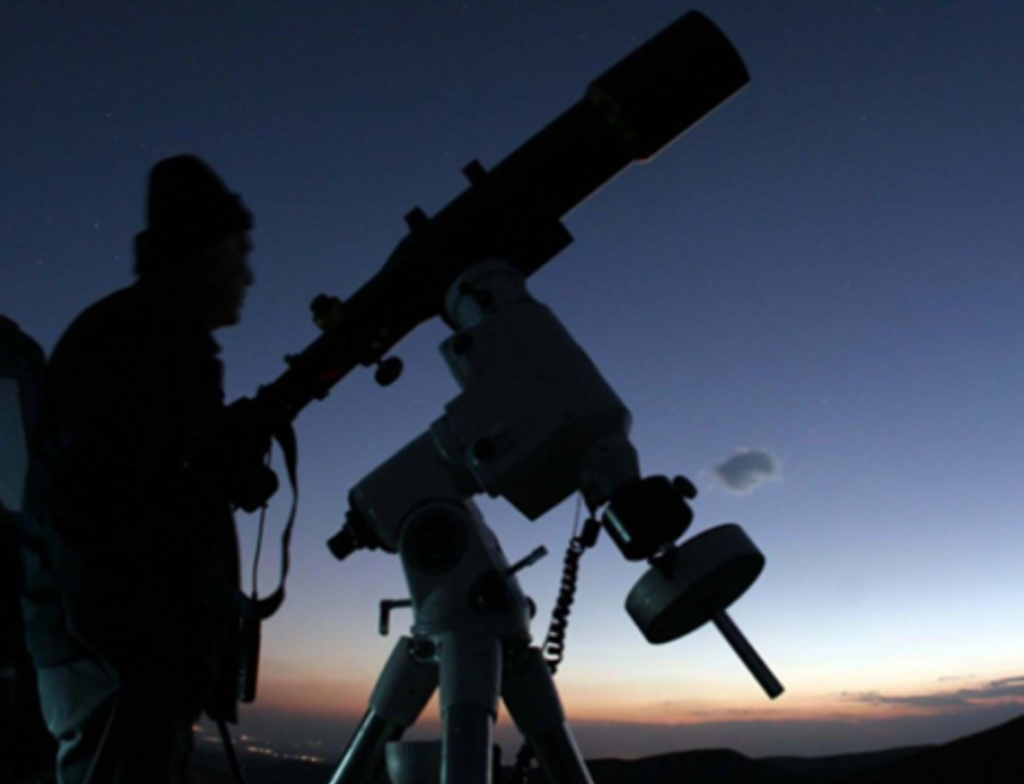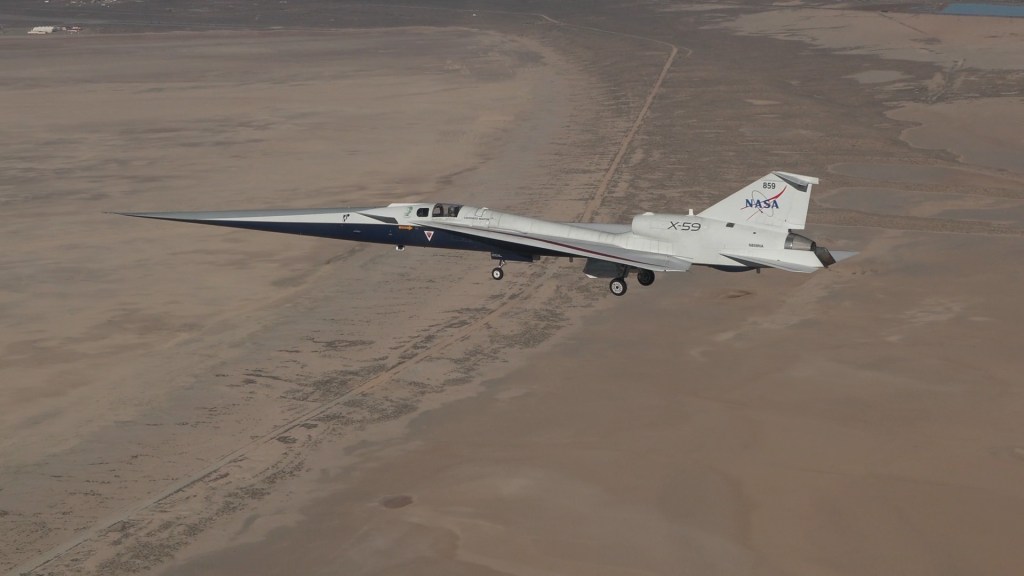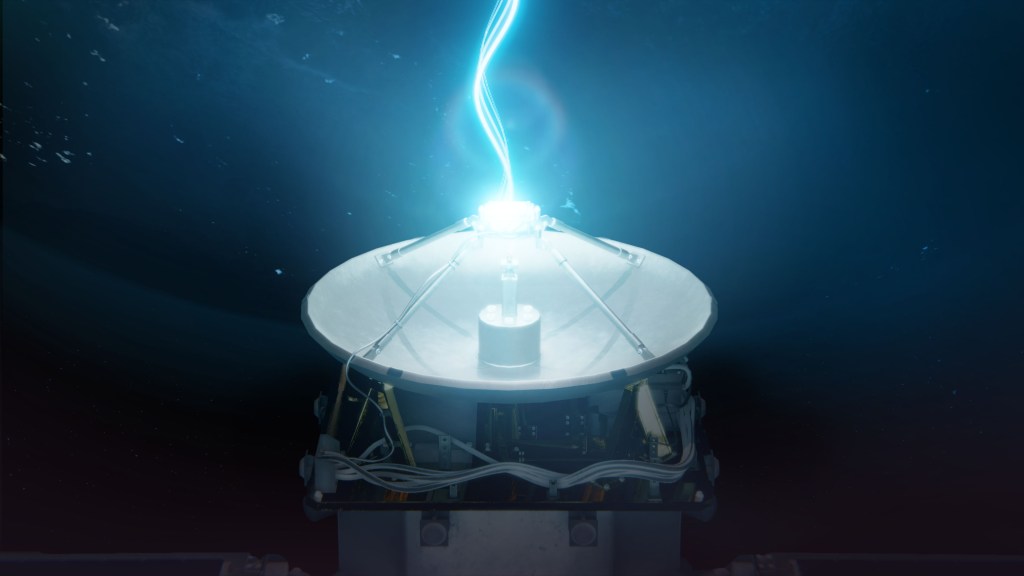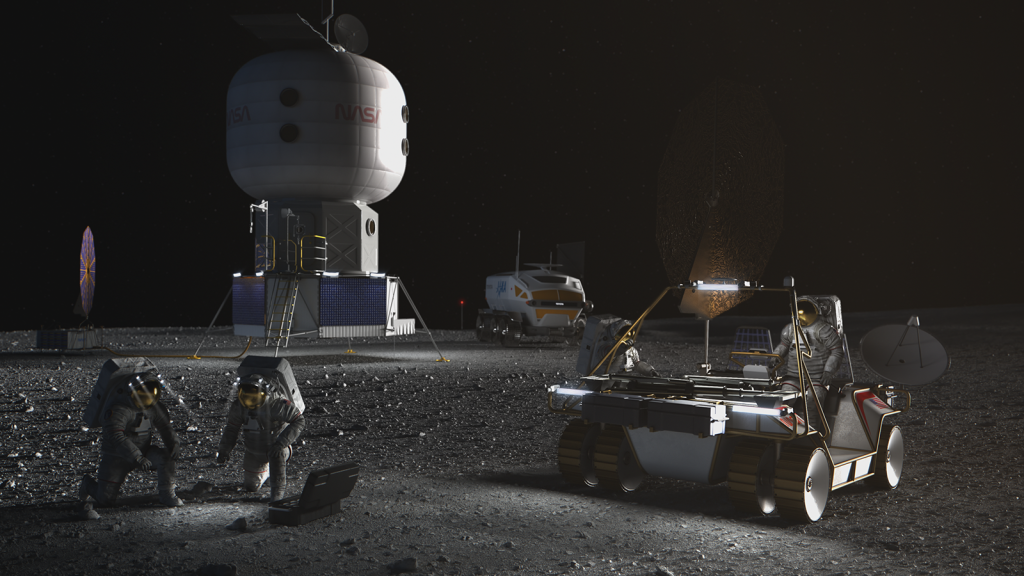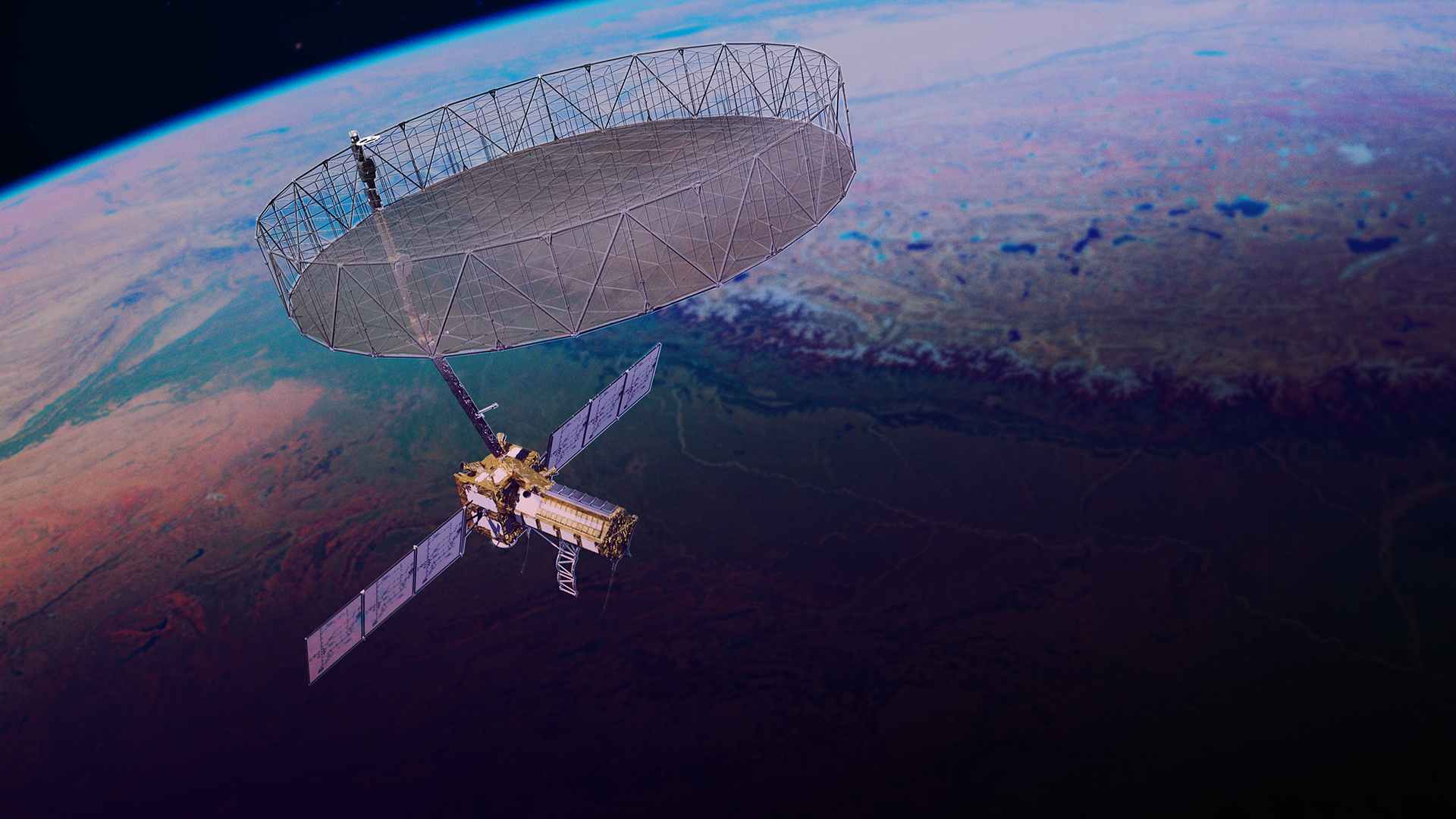NASA-ISRO’s NISAR Mission: By the Numbers
The NISAR (NASA-ISRO Synthetic Aperture Radar) observatory marks not only the first hardware collaboration on an Earth mission between NASA and the Indian Space Research Organisation (ISRO), but also the first satellite to bring together L-band and S-band radar on one spacecraft. The combination makes for an exceptionally powerful synthetic aperture radar that will provide high-resolution data enabling scientists to comprehensively monitor the planet’s land and ice surfaces like never before, building a detailed record of how they change over time.
Here’s a closer look at the spacecraft:
- 2: Number of science instruments — an L-band synthetic aperture radar system and an S-band synthetic aperture radar system
- 18 feet (5.5 meters): Length of spacecraft body and radar instrument payload
- 18 feet (5.5 meters): Length of each of the spacecraft’s two deployable motorized solar arrays, totaling about 250 square feet (23 square meters) in area. Together, they provide about 5 kilowatts of power.
- 39 feet (12 meters): Diameter of the radar antenna reflector, which resembles a snare drum. The reflector will deploy on a boom that is about 30 feet (9 meters) long.
- 15: Number of thrusters
- 5,250 pounds (2,380 kilograms): Approximate mass of the satellite, including propellant, at the time of launch
- 90 days: How long the commissioning phase is expected to last after launch. During this period, the mission team will check out spacecraft systems, deploy the boom and giant radar antenna reflector, and assess the performance of the radar instruments. Science operations begin after completion of the commissioning phase.
- 14: Number of times a day NISAR will circle Earth, orbiting at an altitude of 464 miles (747 kilometers). In doing so, NISAR will scan nearly all the planet’s land and ice surfaces twice every 12 days.
- 80 terabytes: How much data NISAR will send to Earth daily — enough data to fill about 150 512-gigabyte hard drives each day
- 0.4 inches (1 centimeter): How much vertical movement NISAR can detect over a plot of land or ice surface about the size of half a tennis court
- 3 years: Duration of NISAR’s prime mission
Join the conversation, follow the launch, and get NISAR mission updates from these accounts:
X: @NASA, @NASAEarth, @NASAJPL
Facebook: NASA, NASA Earth, NASA JPL
Instagram: @NASA, @NASAEarth, @NASAJPL



